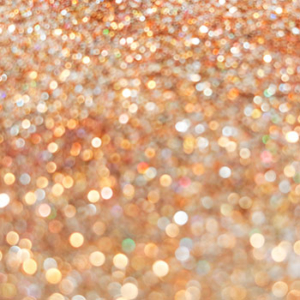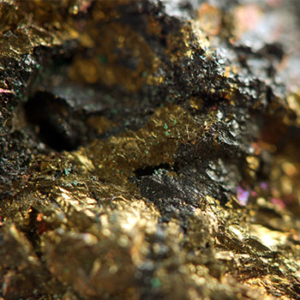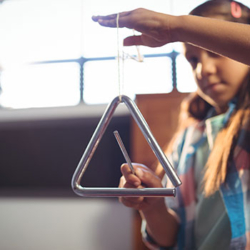 Most have heard the expression, “All that glistens is not Gold.” I recall this from Shakespeare’s THE MERCHANT OF VENICE. The phrase, or a version of it, can be traced to the 12th century. Many use this phrase to mean not everything is as it seems. Recent events have certainly taught us that.
Most have heard the expression, “All that glistens is not Gold.” I recall this from Shakespeare’s THE MERCHANT OF VENICE. The phrase, or a version of it, can be traced to the 12th century. Many use this phrase to mean not everything is as it seems. Recent events have certainly taught us that.
Perhaps real gold does not glisten either.
For a period of time I enjoyed watching a popular “reality” show Gold Rush. The show has an interesting cast of characters who seek their fortune, searching for and finding gold. The show is in part scripted, but it also has an educational component. Much of the show is filmed in wilderness areas of Canada. The process used involves digging in some pristine areas. I always wondered if the area was “put back” the way it was after the gold-seekers moved on. From what I could see on the show, the mining process seemed environmentally unfriendly.
 According to an article at Smithsonian.com, Earthworks estimates that 20 tons of rock and soil are dislodged to produce enough gold to make a single ring. In addition, mercury and cyanide are used to extract the gold from the rock. The mercury and cyanide are discarded along with rock and soil.
According to an article at Smithsonian.com, Earthworks estimates that 20 tons of rock and soil are dislodged to produce enough gold to make a single ring. In addition, mercury and cyanide are used to extract the gold from the rock. The mercury and cyanide are discarded along with rock and soil.
The environmental impact of mining precious metals is nothing new. For a variety of reasons, it does not get a great deal of press. The good news is there is research that seeks to extract gold while significantly reducing the release of harmful chemicals into the environment.
The U.S and Canada have tightened regulations to an extent.
In some cases, the mining company foots the bill for cleaning up the contaminated water and land. In many cases, however, the taxpayer picks up some or all of the cost.
While regulation has reduced contamination in some countries, many others have virtually no supervision. Much like importing “dirty” oil, the U.S. also imports “dirty” gold from countries that are largely unregulated. In the past couple of decades, some countries have taken significant steps to reduce the harmful effects of mining. Unfortunately, the imports from countries that have taken no action are sold in U.S. stores.
 Gold is used in electronics, dentistry, aerospace, and investments; however, 78% is used to make jewelry, coins, and other decorative products. We can’t eliminate the mining, sales, and purchase of gold. There is no real way of knowing where your gold comes from. Jewelry may have a mark to indicate where it was made; however, it does not indicate where the gold was mined.
Gold is used in electronics, dentistry, aerospace, and investments; however, 78% is used to make jewelry, coins, and other decorative products. We can’t eliminate the mining, sales, and purchase of gold. There is no real way of knowing where your gold comes from. Jewelry may have a mark to indicate where it was made; however, it does not indicate where the gold was mined.
Eco-Friendly, Ethical, Recycled, and Dirty are all used to describe gold. But, in reality, the only way you can honestly know your decorative/jewelry gold has a reduced environmental impact is to know that it was previously used or recycled.
I’m not trying to change anyone’s mind about buying or wearing jewelry (if you want to use this info to get you off the hook on your next anniversary, feel free). There are plenty of environmental issues to deal with, and this is just one. If we can learn to produce “clean” gold, perhaps this will help with a much larger and rapidly approaching issue.
As the transition to electric vehicles grows, we will most certainly be dealing with the mining process of Lithium, Nickel, and Cobalt and the environmental impact that process will have.
According to the U.S. Energy Information Administration, the use of hybrid, plug-in hybrid, and all-electric vehicles has surpassed 10%.
As with many newer technologies, once the market reaches 20% saturation, the acceleration in adopting the technology increases rapidly. Along with the mining issues, the issue of battery disposal will also need to be addressed. My hope is this will start now.
Cleaning up the gold mining process may give great insights into handling the much larger and inevitable increase in the mining of battery materials. If this happened, gold might glitter more than ever.
July 2022




